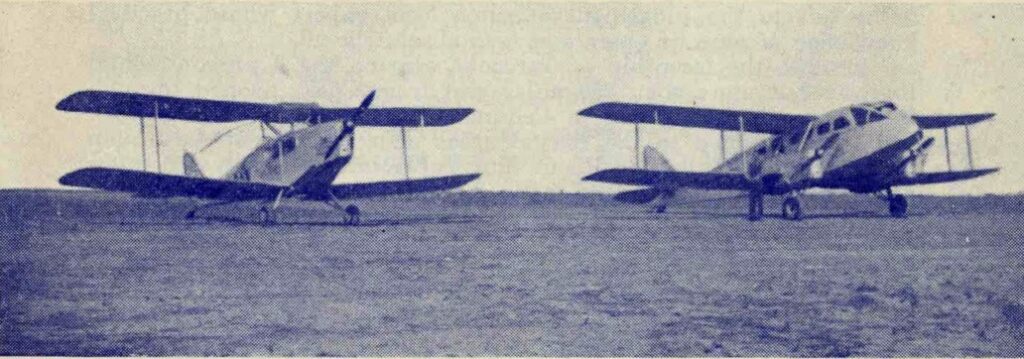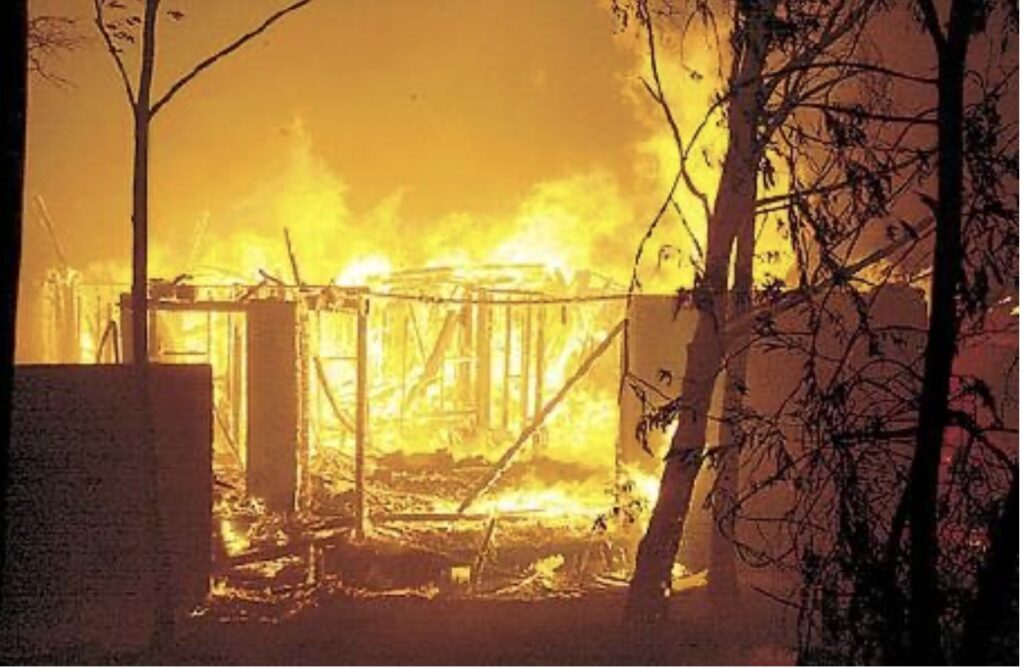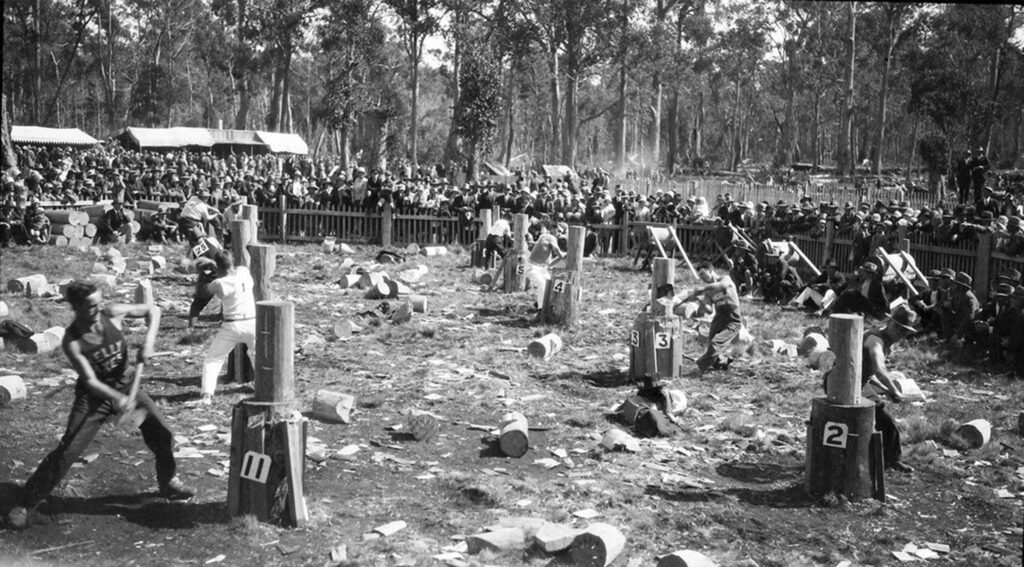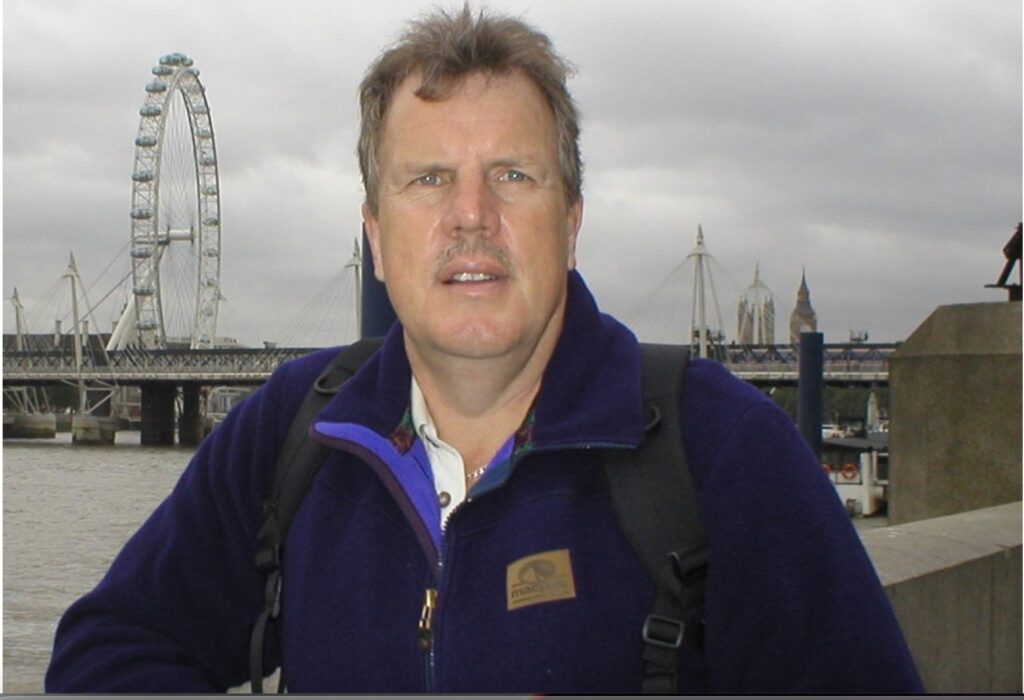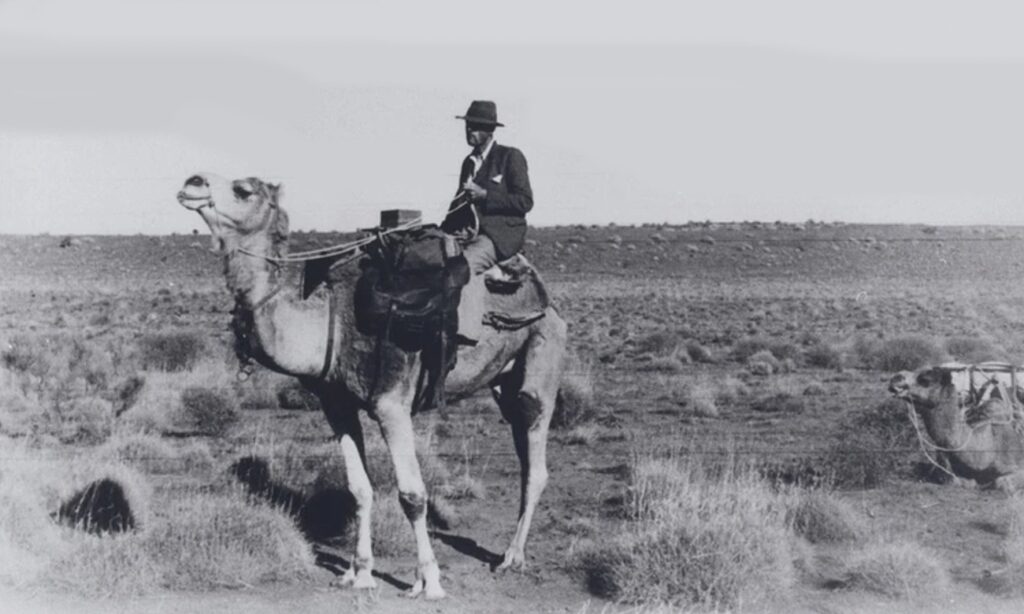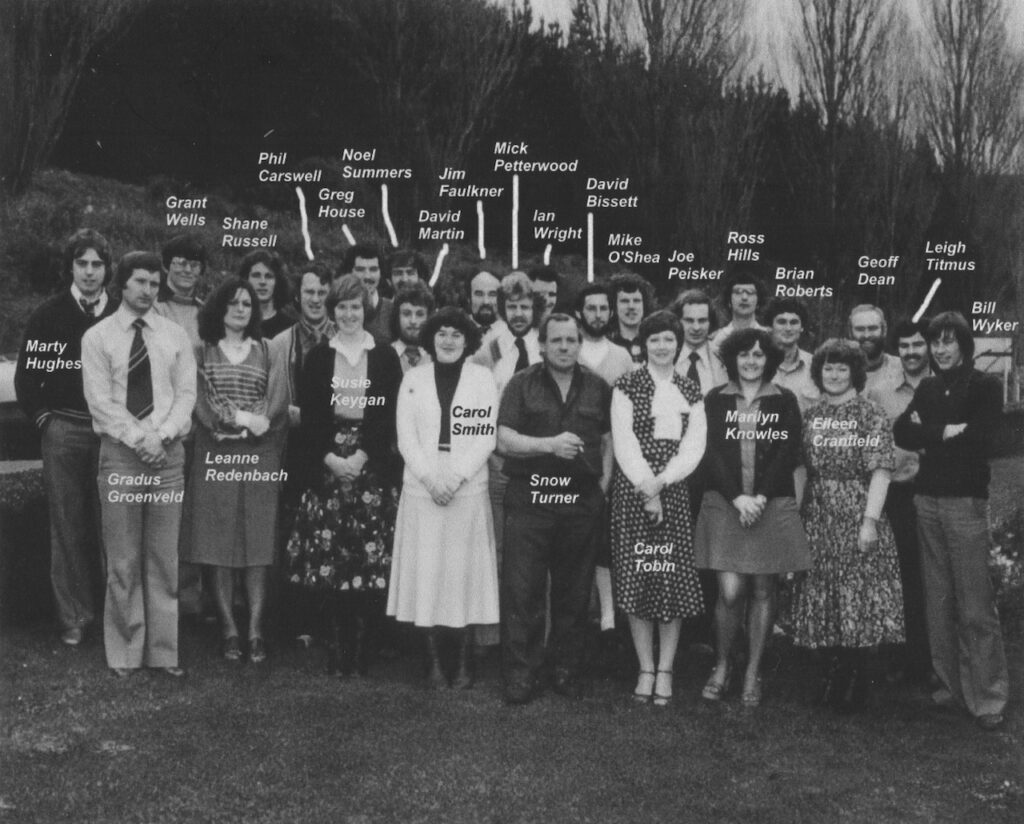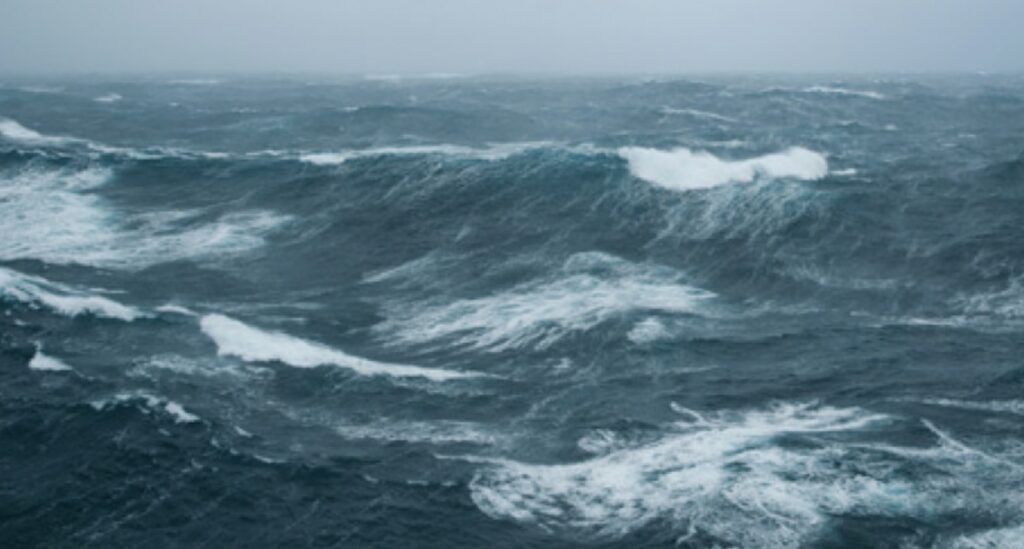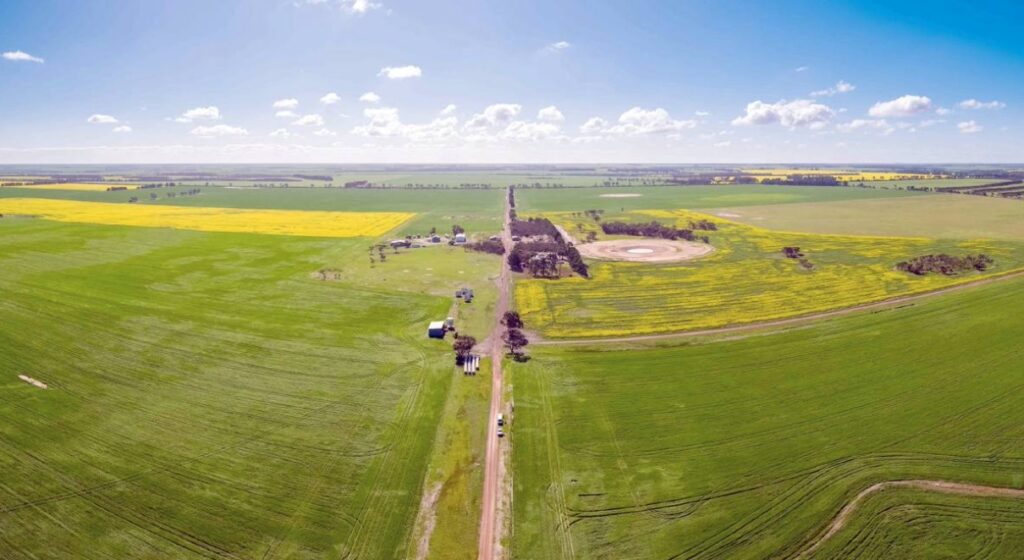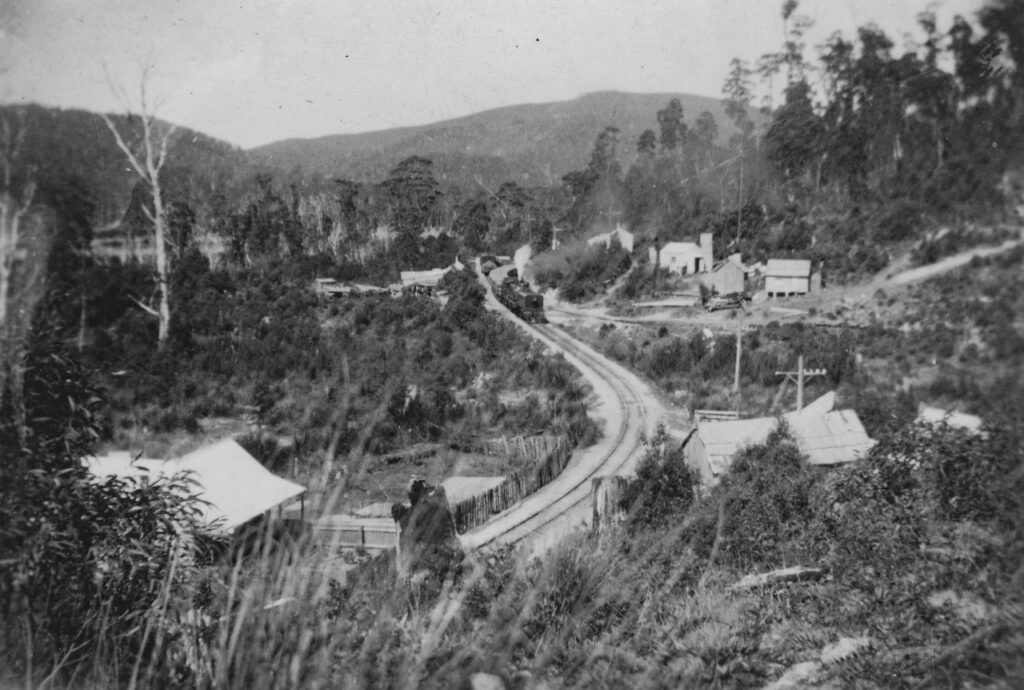A benevolent service to the outback
I first learnt about the Bush Church Aid Society (BCA) when I researched a story on pilot John Lindridge, who worked for BCA in the 1960s. While this story mentions the skills of the original pilot Allan “Chaddy” Chadwick, John Lindridge was also a very competent and professional pilot. My blog about John provides more details on his remarkable career and tragic end.… Read more
A benevolent service to the outback Read More »
